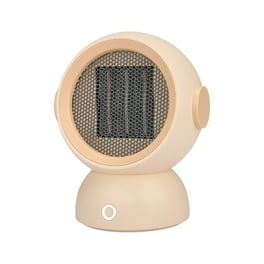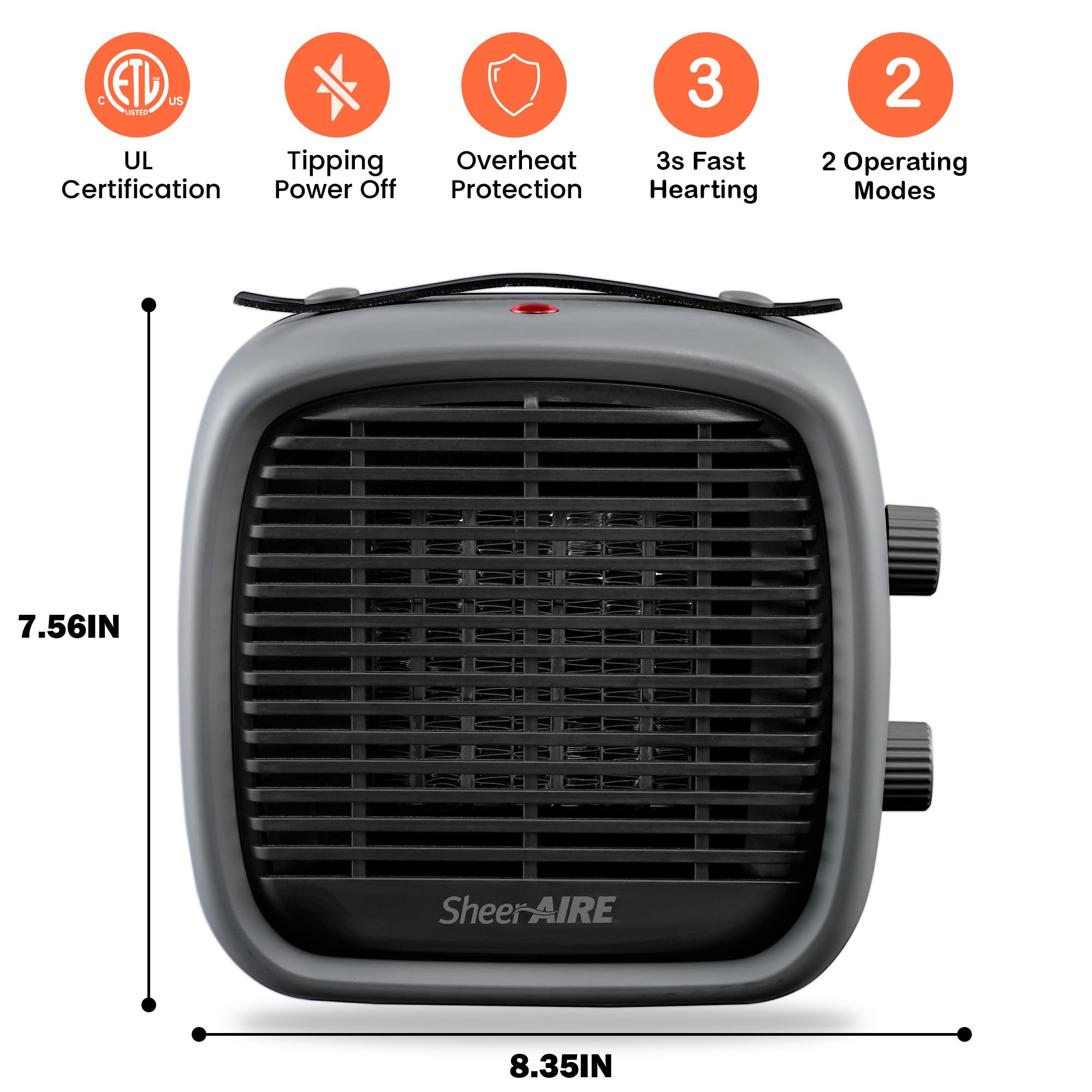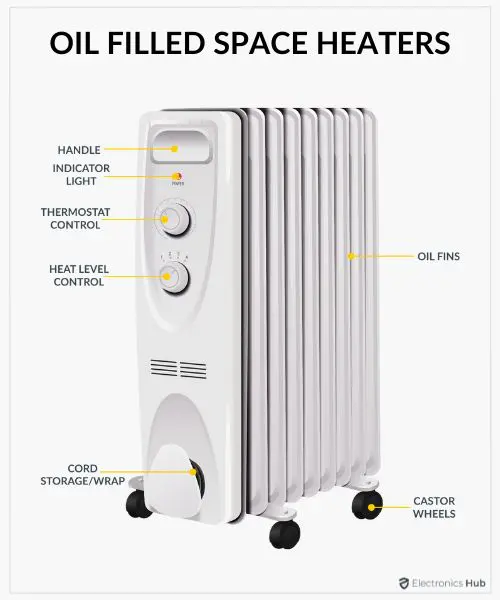1 Source Portable Air - An Overview
1 Source Portable Air - An Overview
Blog Article
The Basic Principles Of 1 Source Portable Air
Table of ContentsThe Single Strategy To Use For 1 Source Portable Air1 Source Portable Air for BeginnersAn Unbiased View of 1 Source Portable AirThe Best Strategy To Use For 1 Source Portable AirThe 1 Source Portable Air Diaries
Running prices are based upon an electricity rate of 40c/kWh. The expenses for 3 months' usage in winter are based on 500 hours utilize, or about 6 hours each day for 3 months. Maximum heat outcome is based on the maximum power level of the versions we have actually examined (we focus on higher wattage heaters).
This depends on what expense you're checking out in advance purchase, or running price? Customarily, there are compromises with either selection. Generally, tiny follower heating units are more economical to get, but can have higher running expenses. Oil column heating units will be the most inexpensive on the market to run (generally) yet only by a narrow margin ahead of convection heaters (like panel and micathermic panels).
Our 1 Source Portable Air Statements
If you have a relatively easy to fix ceiling follower, it'll help distribute the warm around the space much more evenly. A number of costly heating systems have fallen short to excite our testers, while some less expensive models make for remarkably great buys.
As the name suggests, they emit heat from a heated home heating aspect (so the family members will have to take turns resting in front of it). Radiant heaters are reasonably cost-effective.
The reasonably exposed home heating aspect can be a fire and safety risk. As an example, a piece of apparel dropped over it might fire up, or kids messing around a floor design might burn themselves, so be mindful. Glowing heating units generally cost between $20 and $200. Oil-filled column heating systems do not in fact burn oil they utilize electricity to warm the oil that's secured inside their columns or 'fins'.
The Single Strategy To Use For 1 Source Portable Air
Some column heaters aren't also oil-filled however rather utilize other product or home heating innovation to work similarly - 1 Source Portable Air. The danger of fire with an oil column heating system is low compared to various other heating system types, but never ever absolutely no. Oil heaters do not have subjected aspects like glowing heaters do, and their surface temperature is lower than numerous other heating system kinds (their large surface location offsets it)
Oil column heating units check my site won't blow up, and while they don't melt their oil to create heat, it's still flammable, so there is a fire risk if the oil leakages, if the heating unit ideas over and leaks, or if flammable things or material enter get in touch with or fall on the heater. You need to work out the same level of caution with oil heaters when it comes to various other heater kinds, and never ever hang towels or clothes over one to completely dry them use a drying shelf instead, at least one metre away.
Column heaters are particularly valuable in rooms where they'll be turned on for long durations of time or where they'll run unattended, such as over night in a bedroom. The surfaces you're most likely to touch on a column heating system don't obtain as hot as various other kinds of electric heating systems. You can use a ceiling follower on extremely reduced speed to help the column heater to disperse the heat faster and much more uniformly.
If there's very little air activity (as an example, if you're sitting analysis or watching TV), the warm might not be distributed evenly. Oil-filled column heating units typically set you back between $50 and $450. Convection and panel heaters attract cool air over an electrical heating aspect. The warmed air after that leaves the heating unit and climbs towards the ceiling, while cooler air relocate to change it.
Top Guidelines Of 1 Source Portable Air

Convection and panel heating systems are extra mobile than their imp source oil-filled column heating system equivalents due to the fact that they're significantly lighter. They'll heat the air in an area equally and promptly. Like a column heater, you can use a ceiling fan on extremely reduced rate to disperse the warmth much faster and extra equally. Some designs, especially panel heating units, are comparatively costly to get.

3 Easy Facts About 1 Source Portable Air Explained
Follower heaters are usually smaller sized and much more mobile than various other electric heating systems. They also can be found in the type of tower follower heating units, which can be better for distributing warmth around larger rooms because of their taller account. They can heat up the air in an area a lot more rapidly, uniformly and quickly than some other heating system types.
They can be fairly noisy with the follower on full power, however are usually fairly silent at reduced fan rates. Follower heaters (ceramic or otherwise) usually cost in between $60 and $900. Ceramic follower heaters aren't necessarily any kind of different in rate to non-ceramic designs. A relatively recent participant right into the consumer market, infrared heating units warm the space like the sun heats your face (without the UV rays so no risk of skin cancer cells). 1 Source Portable Air.
Report this page